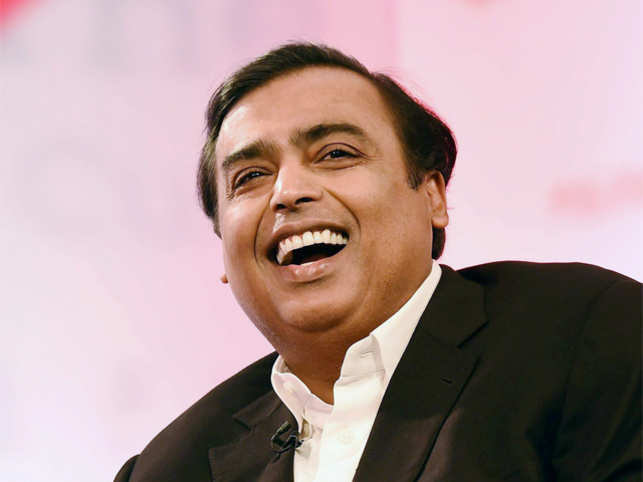 Reliance Jio reported a revenue of Rs6,879 crore for the December quarter, while Idea Cellular is expected to report a revenue of Rs6,700 crore.
Reliance Jio reported a revenue of Rs6,879 crore for the December quarter, while Idea Cellular is expected to report a revenue of Rs6,700 crore.Reliance is estimated to have raced past Idea Cellular in the December quarter, just 16 months after its commercial launch.
It’s been only 16 months since Reliance Jio Infocomm Ltd launched commercial operations, but it may have already overtaken Idea Cellular Ltd on revenue. The new entrant reported revenue of Rs6,879 crore for the December quarter. In comparison, Idea Cellular is expected to report revenue of around Rs6,700 crore, based on consensus Street estimates.
Idea Cellular had launched operations in 1997 and it wasn’t until 2014 that it reached a similar size in revenues terms. In other words, what took Idea Cellular 17 years to accomplish, Reliance Jio has done in 16 months. Even Bharti Airtel Ltd took around 13 years before its revenues reached Jio’s annual run-rate of around Rs28,000 crore in 2008.
Of course, the incumbents started slow in the mid-1990s, when tariffs were prohibitive and volumes were low. It wasn’t until 2002-03, when the government started encouraging competition by granting new licences, that growth picked up.
As such, some may argue that it’s not fair to compare Jio’s growth with that of incumbents. Besides, in the third quarter (Q3) an important revenue source for incumbents was hit, after the Telecom Regulatory Authority of India cut interconnect usage charges (IUC) by 57%. Airtel’s India wireless revenues fell 12.2% sequentially, over two-thirds of which was on account of the IUC cut.
Even so, that doesn’t take away from the fast-paced growth at Jio. Its investments—Rs2.15 trillion and counting—are far higher than that of Idea’s gross invested capital of around Rs1.25 trillion. They are even higher than Airtel’s cumulative investments of Rs2.03 trillion.
The high investments have made it clear for some time now that Jio is in a hurry to capture market share.
Still, its pace of growth has taken almost everyone by surprise. “Jio’s revenue outperformance was driven completely by higher-than-expected Arpu (average revenue per user) of Rs154/month. This was on the back of the October 2017 price increase and an increase in the proportion of subscribers opting for higher-allowance/Arpu plans,” analysts at Kotak Institutional Equities wrote in a note to clients.
Data volumes handled by the company are higher than all other telcos combined, analysts at JPMorgan India pointed out in a note to clients. “(This is something) we think must worry Bharti Airtel and the others... Jio’s data traffic of 4.31 billion GB in Q3 is nearly four times Bharti’s data traffic (1.1 billion GB), despite the latter having a subscriber base that’s 1.8 times higher,” they wrote in the note.
Jio told analysts in a post-results conference that the data and voice usage on its network shows that it is the primary SIM for most of its subscribers.
Of course, it’s also true that large incumbents have maintained their subscriber market share despite Jio’s onslaught, which means that the new entrant hasn’t yet been able to wean away their subscribers yet .
The company’s next stage of growth might depend on its success in dislodging these subscribers from incumbents’ networks. After all, while growth in Arpu helped Jio in Q3, this might not continue.
Jio’s tariff cut in January and the many cashback vouchers it has issued since October 2017 may mean Arpu remains flat this year. Growth then has to be driven by increasing subscriber count.
How Jio goes about this task is anybody’s guess. One thing’s for certain though: as Kotak’s note puts it, there’ll never be a dull moment with Jio around.
http://www.livemint.com/Money/JjgQ9OdNQS6K5KXXMkBvCP/What-Idea-Cellular-took-17-years-to-achieve-Reliance-Jio-di.html